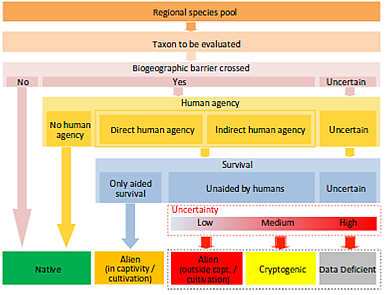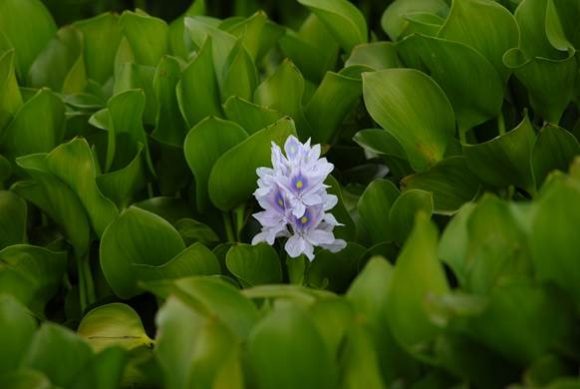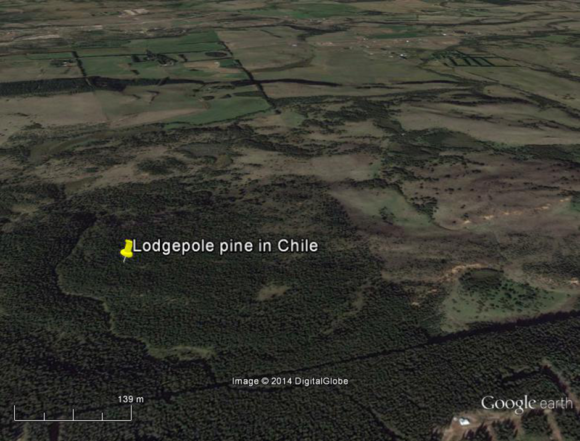The human transport of species into new regions where they often become permanent additions to the fauna and flora has become a defining feature of our epoch, the Anthropocene. Thus, clear definitions on what actually constitutes alien species are needed. A new publication in the influential scientific journal BioScience suggests guidelines for defining alien species.

This study is the result of an international collaboration led by C·I·B Associate, Franz Essl and involving C·I·B Director, David Richardson and C·I·B Core Team Member John Wilson, as well as a number of Research Associates of the C·I·B.
Human activities such as the transport of species to new regions, and modifications of the environment are increasingly reshaping the distribution of biota. Accordingly, developing robust, repeatable and consistent definitions of alien species that serve scientific and policy purposes has become of prime importance.
The new publication provides a set of classification criteria that are widely applicable across taxa and realms and offer guidance on their use in practice. The authors also discuss the application of assessment criteria such as the role of assessment uncertainty, incorporating time since species introduction, and differentiating between alien species whose survival depends on explicit human assistance from those that survive without assistance.
Furthermore, the authors suggest thresholds for species assessment, and they develop an assessment scheme. The application of the assessment criteria is then illustrated with case studies. Finally, the implications for alien species management, policy and research are discussed so that the recommendations are connected to the needs of environmental managers and politicians.
“For the first time, clear guidelines for identifying alien species of different taxonomic groups ranging from microorganisms to animals and plants have become available”, says Franz Essl, the lead author of the study. “This will provide a major advance for managing harmful alien species”, he adds.
For more information, contact Franz Essl at franz.essl@umweltbundesamt.at



